Many people now see religious violence as one of the defining characteristics of the modern world. Instructors are often asked about it in their courses that deal with religion. Classroom discussion of violence committed in the name of religion can either open the door to a more subtle appreciation of complex and divisive social realities or allow students to display the kind of ignorance, prejudice, and recalcitrance that can derail critical analysis.
The etiology of religious violence requires the kind of careful distinctions that instructors must work hard to communicate even in the best of classroom circumstances. Teaching Religion and Violence represents the accumulated professional insights and experiences of expert college and university instructors who teach and write about the intersections of religion and violence.
Some contributors summarize the teachings of the major religious traditions of the world on such topics as warfare, sacrifice, terrorism, and the coercive propagation of a faith. They examine the histories of the traditions they discuss as well as recent global events to provide teachers the resources and classroom strategies that are effective for cultivating critical thinking and interdisciplinary inquiry among college students about these topics and about the role of religious discourse in human civilization.
Others describe their own courses and classroom experiences and share the lessons they have learned about how to foster careful analysis among a generation of students coming of age in an increasingly media-saturated, conflict-ridden world. Each essay in Teaching Religion and Violence, as well as the volume as a whole, is firmly grounded in the theoretical literature on religion and violence, in the theory of pedagogy, and in the collective experience of its authors.


![Tax Justice and the Political Economy of Global Capitalism, 1945 to the Present - 1st Edition [Hardcover]](https://booksandbook.com/wp-content/uploads/2023/11/Tax-Justice-and-the-Political-Economy-of-Global-Capitalism-1945-to-the-Present-1st-Edition-Hardcover-600x600.png)
![Terms of Inquiry: On the Theory and Practice of Political Science [Paperback]](https://booksandbook.com/wp-content/uploads/2023/11/Terms-of-Inquiry-On-the-Theory-and-Practice-of-Political-Science-Paperback-600x600.png)
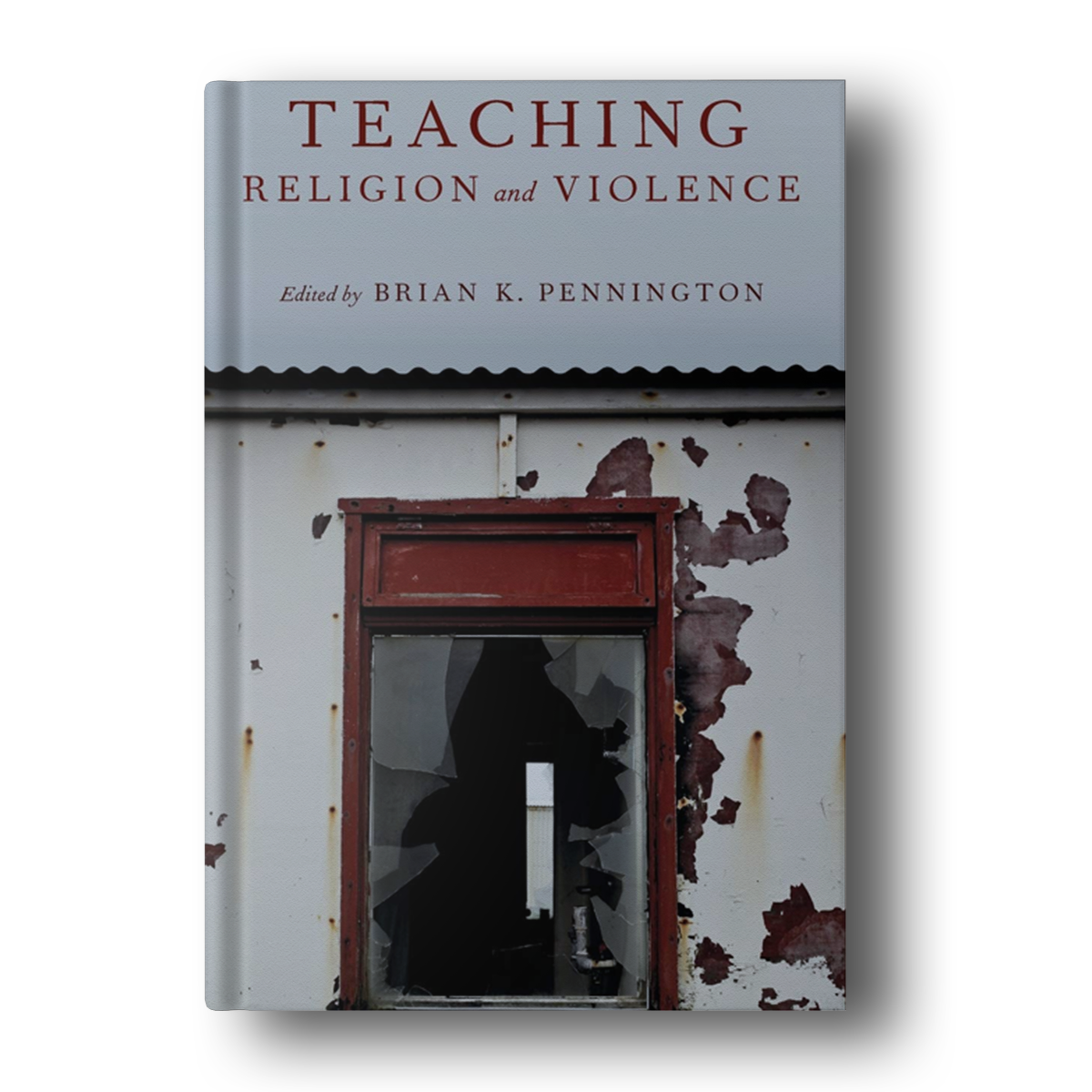
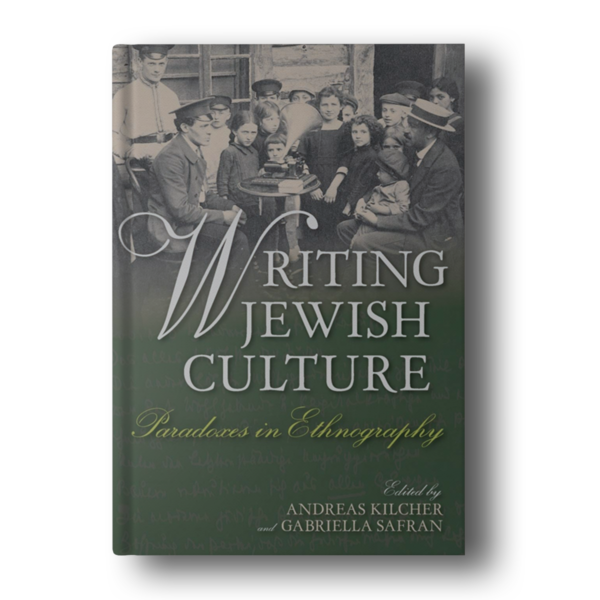



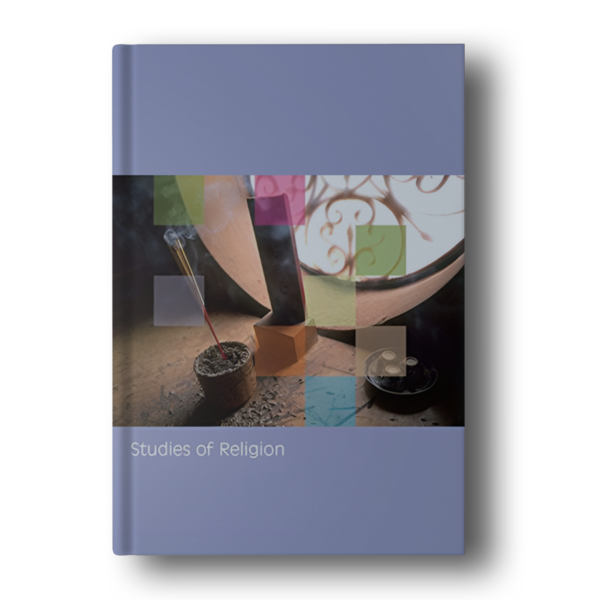
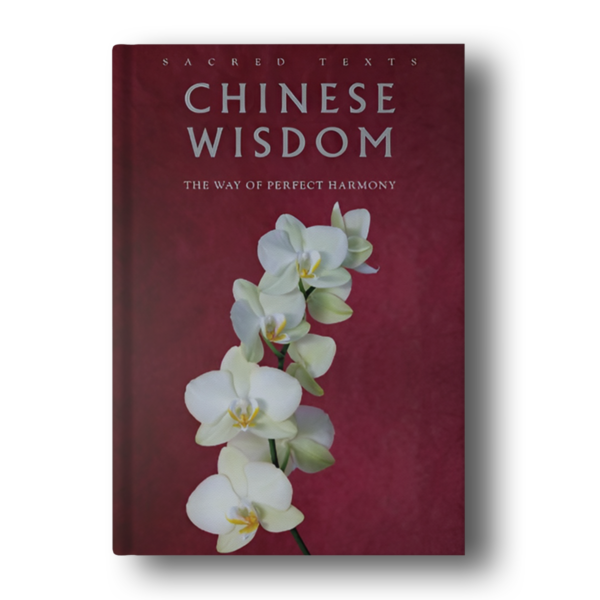
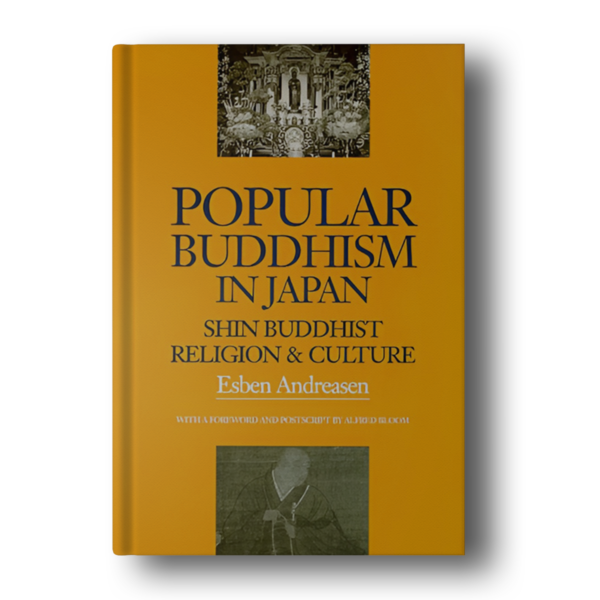

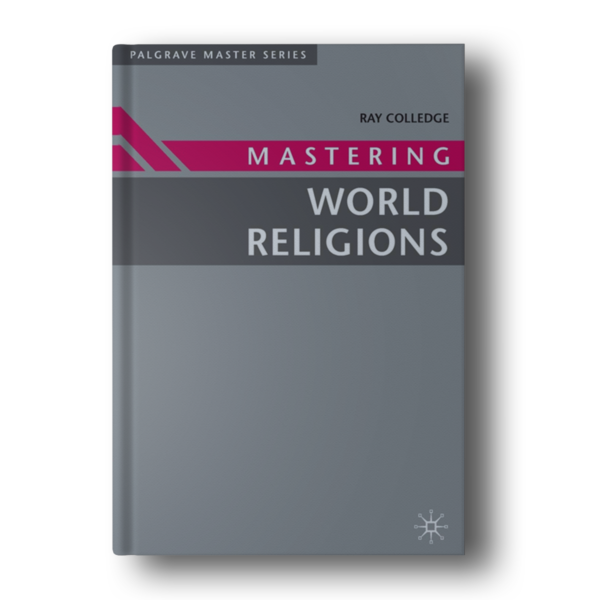
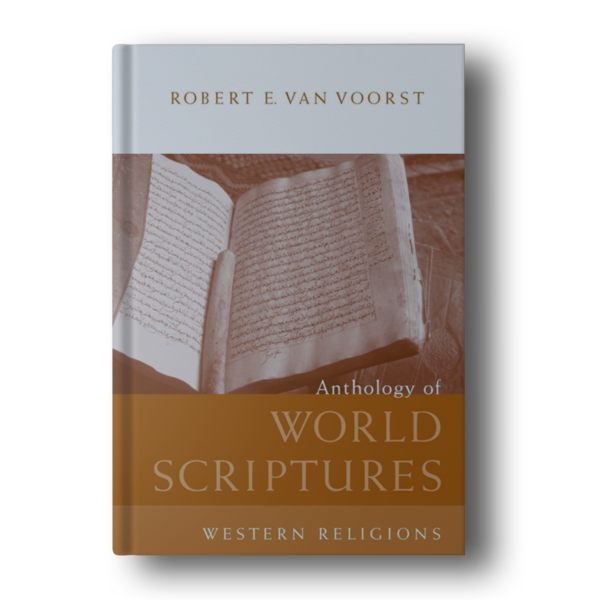
Reviews
There are no reviews yet.